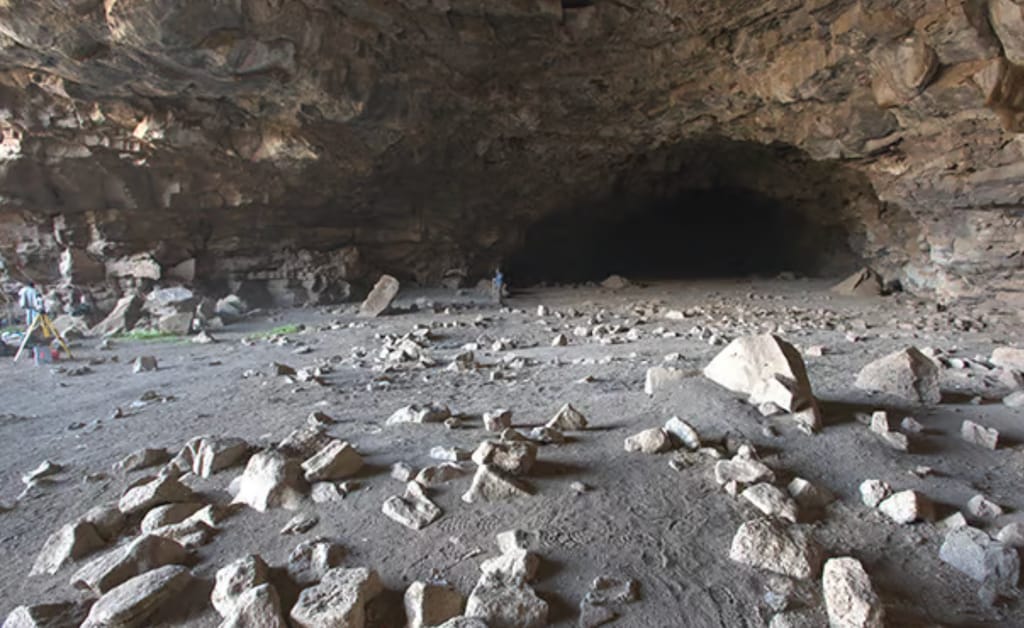
Archaeologists have discovered evidence that human civilization thrived inside lava tubes to survive the heat in the deserts of northern Saudi Arabia.
Lava tubes are caves formed during a volcanic explosion
Lava tubes are caves formed during a volcanic explosion. It originated when the surface of a lava river cooled and solidified, while hot, molten rock flowed beneath it. The lava finally drained out of the tube, leaving behind a tunnel.
Umm Jirsan is Saudi Arabia’s largest lava tube, measuring 1.5 kilometers in length. Mathew Stewart, a researcher at Griffith University in Brisbane, Australia, and his colleagues excavated a trench inside Umm Jirsan.
During their excavation, the researchers discovered stone tools, animal bones, and pottery that were at least 7,000 years old.
Stewart and his crew have been researching the location for almost 15 years, having previously discovered numerous stone structures on the surface indicating habitation by humans.
The organic material in the region has degraded due to the desert’s hot, arid climate, making it difficult to assess its age.
Humans did not spend significant periods in the lava tube at any one moment
The landscape on the surface is a “hot, dry, and flat basalt desert,” said Stewart. “But when you are down in the lava tube, it’s much cooler. It’s very sheltered, and it would have been a great place of refuge. It’s transforming our understanding of the prehistory of the Arabian Peninsula,” he said, as reported by the New Scientist.
While digging areas of Umm Jirsan’s underground network, the researchers unearthed human bones. However, it is believed that they were dragged inside the cave by hyenas.
Stewart and his colleagues uncovered rock art in a second lava tube, including figurative representations of domestic sheep and goats, which were presumably carved by “cultural contemporaries” of the groups that used the lava tunnels for refuge, he added.
According to the researchers’ findings, humans did not spend significant periods in the lava tube at any one moment.
“The lava tube does not appear to have served as a permanent habitation location, but rather as a site that likely lay on herding routes and that allowed access to shade and water for passing herders and their animals,” wrote the authors, in the study.
“Before this, as well as during pastoral periods, the lava tube was likely also linked with hunting activities, which probably remained a cornerstone of local economies into the Bronze Age,” they added.
